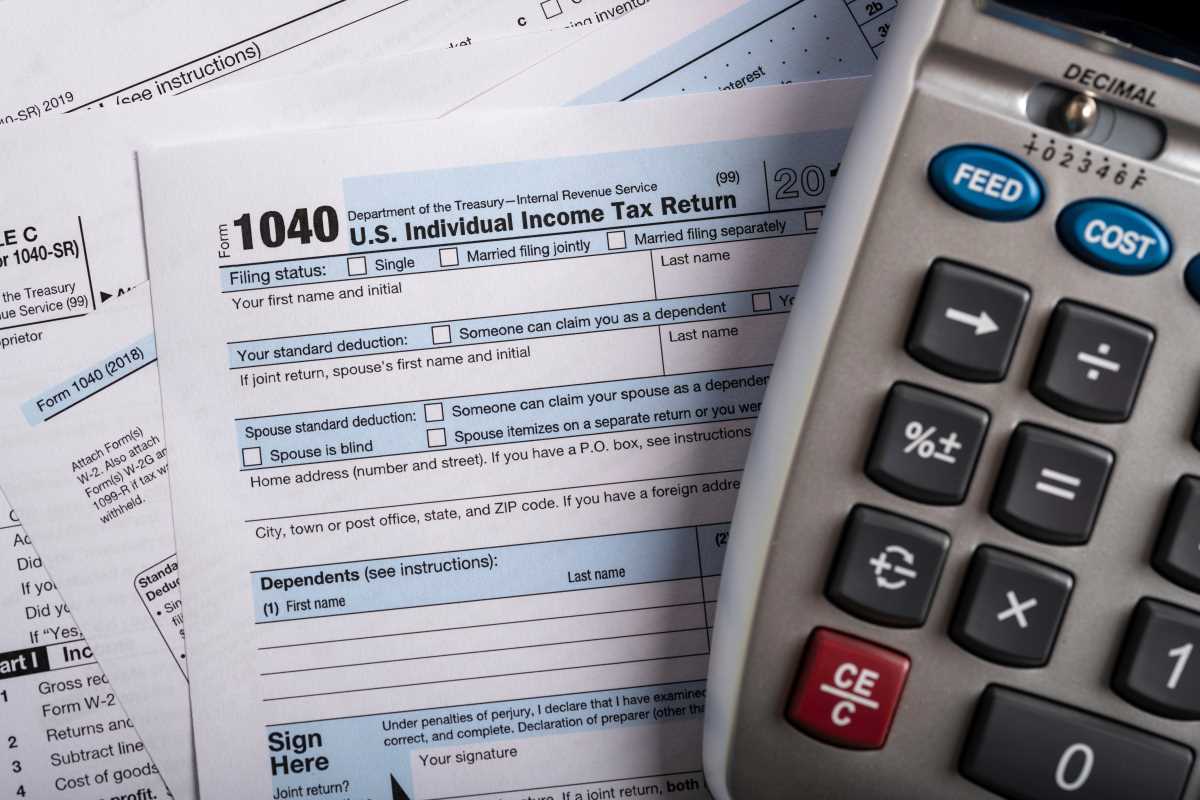Grocery shopping can quickly become one of the biggest household expenses, especially as food prices continue to rise. With inflation and changing market conditions, it’s easy to feel like keeping costs under control is impossible. However, by adopting a few smart strategies, you can significantly reduce your grocery bills without sacrificing the quality or taste of your meals. Smart meal planning is a powerful tool that helps you make the most out of your grocery budget. By being organized, planning meals in advance, using leftovers creatively, and shopping wisely, you can cut costs while still eating nutritious, home-cooked meals.
Plan Meals Around Sales and Seasonal Produce
One of the most effective ways to cut down on grocery bills is by planning your meals around what’s on sale. Supermarkets often run sales on specific products, so keeping track of these promotions can save you a considerable amount of money. Start by reviewing your local store's weekly ads and building your shopping list based on discounted items. You can also use coupons and loyalty programs to further maximize savings. Seasonal produce is another area where you can save significantly. Fruits and vegetables that are in season are often less expensive and fresher. Plan meals that incorporate seasonal ingredients, as they will cost less and taste better. For example, buying pumpkins in the fall, strawberries in the spring, and asparagus in the summer allows you to take advantage of lower prices and enjoy dishes that showcase the season's flavors.
Create a Flexible Weekly Meal Plan
Creating a weekly meal plan is an essential part of saving on groceries. Start by selecting a few simple, versatile meals that use ingredients that can be reused across multiple dishes. For example, if you buy a bag of spinach, you can use it in a salad, a smoothie, and a pasta dish. A weekly meal plan doesn’t have to be rigid—being flexible will help you adjust to unexpected changes, such as a sale on an ingredient or a sudden craving for a specific dish. When planning meals, aim to make use of leftovers. If you cook a large batch of a dish like soup, stew, or casserole, it can be eaten for multiple meals. Not only does this save money, but it also reduces food waste. Cooking larger portions allows you to portion out meals and freeze them for later, ensuring that you always have a home-cooked meal on hand without having to buy takeout or extra ingredients.
Make Use of Pantry Staples
Stocking up on pantry staples is another strategy to help cut grocery costs. Items like rice, pasta, beans, and canned vegetables are versatile and can be used in many different types of meals. These pantry essentials have a long shelf life, so they can be purchased in bulk when on sale and used over time. Always check your pantry before heading to the store to avoid buying duplicates and to ensure you're using what you already have. Incorporating pantry items into your meals can help you avoid last-minute grocery store trips for ingredients you don’t need. For example, if you have a stockpile of rice and beans, you can create a variety of meals like burritos, stir-fries, or soups. This not only stretches your food budget but also keeps your meals interesting and diverse.
Batch Cooking and Freezing Meals
Another method to reduce grocery expenses is batch cooking. This approach involves cooking large quantities of food and then storing the leftovers in smaller portions, which can be frozen for later use. Not only does this save you time in the kitchen, but it also reduces food waste and ensures you always have a meal ready to go when you’re in a pinch. You can cook ingredients like pasta sauces, soups, and casseroles in batches, stir-fry vegetables, and then portion them out into freezer-safe containers. When you freeze meals, make sure to label them with the date and contents so you don’t lose track of what’s inside. Batch cooking is an investment of time upfront, but it saves you both time and money in the long run. You can also avoid the temptation of ordering takeout when you know you have a ready-to-eat meal waiting for you at home.
Buy in Bulk and Choose Generic Brands
Buying in bulk is another great way to cut down on grocery costs. Items like grains, beans, pasta, and canned goods are often cheaper when purchased in larger quantities. While this requires some upfront investment, the savings over time can be significant. If you have the storage space, buying bulk items can be a smart move for households that go through these ingredients regularly. Additionally, some stores offer bulk sections where you can buy the exact amount you need, which minimizes waste and allows you to save money. Generic brands are often just as good as their name-brand counterparts but are sold at a fraction of the price. Many grocery stores offer store-brand alternatives for most products, including pantry staples, dairy, snacks, and frozen foods. Don’t be afraid to try these products—they often meet the same quality standards but without the premium price tag. Over time, switching to generic brands can lead to substantial savings.
Shop Smart and Avoid Impulse Purchases
Impulse buying is a significant factor contributing to high grocery bills. We’ve all experienced the temptation to add something to the cart that wasn’t on our list, whether it's a snack or a new product to try. While it may seem like a small purchase, these items add up over time and can put a dent in your grocery budget. One way to avoid this is to stick to your shopping list and avoid walking down aisles that don’t contain the items you need. Another smart shopping tactic is to shop with a set budget in mind and use a calculator or app to keep track of your spending while in the store. Knowing when you’ve reached your limit will help you make better purchasing decisions and prioritize the essentials.
Plan Meals That Minimize Waste
Food waste is a major issue when it comes to grocery shopping, and it’s easy to overlook how much is thrown away. By being mindful of your meals and how much food you actually use, you can drastically reduce waste and save money. A good way to ensure that you’re minimizing waste is by using leftovers creatively. For example, leftover roast chicken can be repurposed into chicken salad, sandwiches, or soups. You can also use vegetable scraps like carrot tops and onion skins to make broths, which can be added to future meals. By planning meals that use every part of the ingredient, such as making smoothies from overripe fruit or using wilted greens in a soup, you’ll find ways to make the most of what you already have and avoid unnecessary trips to the store.
.jpeg)






